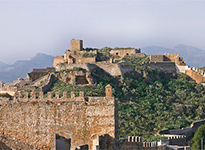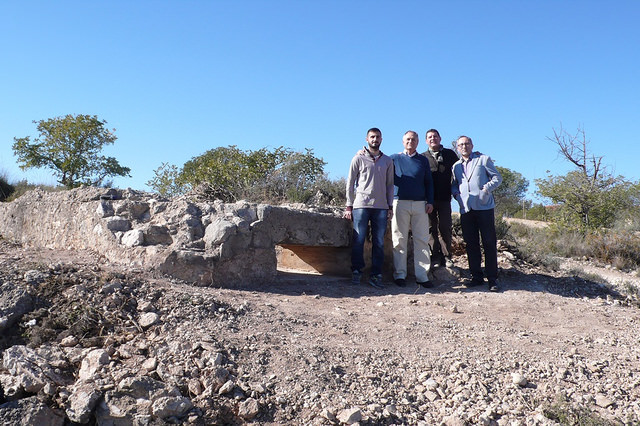
The Corts Valencianes pass today the document by which the city of Sagunto will be appointed Valencian Capital of the Romanisation. To the act will attend the authorities of Sagunto, as well as representatives of the collectives related to the Archaeological Heritage of the city..
9 march 2016
The Corts Valencianes will pass today the institutional declaration that will appoint Sagunto as the Valencian Capital of the Romanisation That document was passed unanimously by the plenary and today will be passed again in an act where the local authorities of Sagunto, Francesc Fernández, mayor of the city, a wide representation of the consistory and other representatives from collectives linked with the Heritage of the city will attend.
Sagunto Civitas has prepared a representation with Roman ambiance that aims to reflect the satisfaction of the population with this fact and show the eagerness of the over 2,500 people who signed the manifesto proposed on the website of the city hall, where it was explained the objective of such proposal and the bases.
Francesc Fernández himself stated that he «knew that this was a great bet, but I am very satisfied of having an entire society, an entire population with illusion and enthusiasm for walking in a same direction since the attendance to all the conferences has been massive, which demonstrates that we are in the right pace.» He also indicated that he hoped that «the declaration is passed with the support of all the political groups, so that this recognition, that also has had the explicit support of the president of the Valencian Government, Ximo Puig, and of the Department through their regional secretary and the secretary for Tourism, has all the institutional power at a Valencian level so that Sagunto is later considered World Heritage, since it is one of the guarantees that are going to allow for the Ministry to select our project so that it is appreciated by the UNESCO.»
This initiative is also supported by Jesús Hugues from the Valencian Department of Culture; the full university professor in Archaeology, Carmen Aranegui; the writer Santiago Posteguillo, and many associations of the municipality, among which we find the Col·lectiu pel Patrimoni Saguntí, the Voluntarios por el Patrimonio, the Archaeological Centre of Sagunto, the Studies Centre of Camp Mordevre, Saguntum Civitas, Ludere et discere, Ascosa AVA Sagunto, the Wine Association and the Lanceros Cultural Association, among others.
The text to be passed today covers an historical argumentation that justifies Sagunto as one of the main Ibero-Roman cities of Hispania that belongs to the cultural environment of Edetania. In Sagunto have been found archaeological remains dating from the 6th B.C. It was the most ancient and active nucleus of the Valencian area. It assumed the Roman civilisation without losing its own identity. Furthermore, it had the first coin factory that issued coins in the Iberian Peninsula, fact that explains the importance of the relationship between the city and its port, el Grau de Vell.








